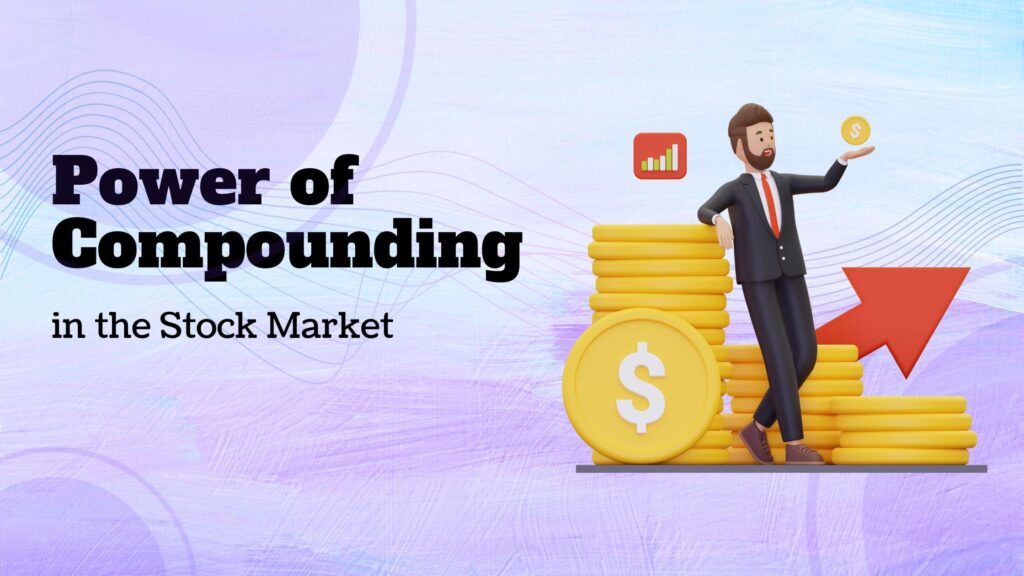

On a Call ☎
Broker: Sir, This stock is trading at a PE ratio of 4.
Client: Okay, But I believe we should be careful while thinking about this.
What do you feel about the PE ratio or What is PE ratio? Well, After reading this post you will be super clear about PE ratio meaning, PE ratio means, and also you will be to identify nifty PE ratio.
Price to Earning The PE ratio, sometimes referred to as the company’s earnings price multiple or the earnings multiple is calculated by dividing the stock price at the time by the EPS, or earnings per share. The majority of investors are aware of this financial ratio, which is maybe the most well-known. The market’s perception of a company’s earning potential and long-term business prospects is reflected in its PE ratio. High PE ratios are typically demanded by businesses that enjoy strong investor confidence and a strong market position. For instance, blue-chip corporations and a few high-growth midcap firms have P/E ratios between 20 and 60. However, the majority of India’s small- and mid-cap enterprises have a PE ratio between 5 and 20. It would appear, on the surface, that businesses with low PE ratios would present the most alluring investment prospects. However, you also need to take EPS into account. Let’s express PE Ratio in a mathematical expression.
PE Ratio = Price of a Share/ Earning Per Share
Now you want to know about EPS.
It is the profit that the business makes on a share that an investor purchases. Mathematically, we may write it as follows:
EPS is an acronym for earnings per share.
As an illustration, the business XYZ Ltd. has a profit of Rs. 20,00,000 and a total of 5,00,000 shares.
XYZ Ltd.’s EPS is then 4.
It indicates that the corporation is earning Rs. 4 on each share. Regardless of the share price. The firm receives this Rs.4, not the stockholders.
As we get closer to creating the PE ratio formula, we now ask for your undivided attention for the next two to three minutes. Assuming, of course, that the firm’s earnings remain constant, the PE ratio may be thought of as the number of years it will take the company to earn back the amount of your initial investment. Let’s imagine you paid Rs. 4,000 to purchase 100 shares of ABC Ltd. Given the current profits per share of Rs. 4, your 100 shares will yield Rs. 400 in a year, and your initial Rs. 4,000 investment will be recovered in 10 years.
The PE ratio of every firm can be found on Google, so you don’t have to go through this laborious calculation. Simply prefix the firm name with “price to earning” or “pe ratio.”
Purchasing stock in a firm with a price to earnings ratio of two will allow you to recoup your initial investment in two years, but purchasing stock in a company with a pe ratio of 40 will need you to wait forty years to do the same.
Any firm that is reasonably valued will have a PE ratio that is equal to its growth rate. Here, we’re referring to the growth rate of earnings. The growth rate and PE ratio can also be compared. If it’s PE is 16, you would anticipate that ITC will increase at a rate of around 16% yearly, etc. However, you could have found a good offer if the PE ratio is lower than the growth rate. According to us, a purchase with a PE ratio of 6-7 and business growth of 16 is quite appealing. On the other hand, a PE ratio of 16 is not a wise investment if the growth rate is 6-7 percent yearly. A PE ratio that is half the pace of growth is extremely favorable, while one that is double the rate of growth is quite unfavorable. When examining equities for investment prospects, we frequently utilize this metric.
A thorough examination of PE Ratios for numerous sectors and company types is so monotonous. Avoid stocks with very high PE Ratios if you recall nothing else about them. If you do, you’ll save yourself a tonne of trouble and money. We can recall a business with a PE ratio of 122.
To recoup your investment would take one century and twenty-two years.
Fair value is defined as a company’s PE ratio falling between 12 and 18, and if the ratio exceeds 19, there might be several factors at play. The business can be overpriced or have promising prospects. Some novice investors would haphazardly buy-in firms with low PE ratios; we believe that this approach is absurd for elite investors. As you compare the two businesses using PE, take in mind that they should be in the same industry.
NEVER COMPARE APPLES WITH ORANGES!
Even in the Olympics wrestlers in the same weight category fight against each other. You won’t see a match between a 60Kg Guy and an 80Kg Guy. They also use terminologies like Lightweight, Heavyweight, etc.
You can’t compare TATA MOTORS PE Ratio with INFOSYS PE Ratio since one company is operating in Automobile Sector and another one is in IT Sector.
Comparing INFOSYS PE with TCS PE is a fair match.
The P/E Ratio can give you a rough idea.
— RuPay Rajat (@rupayrajat) June 25, 2022

Find out why a company’s PE is lower if it is. Discover whether the firm is having issues or not. If they are having issues, determine if they are short-term or long-term.
This will enable you to determine if a stock is excessively expensive or not.
Now you have to tell me what is nifty PE ratio today and what is the Sensex PE ratio ?
We hope We gave you some insights about {foucs_keyword} and delivered it in the best possible way.
Let us know what you think about {focus_keyword}. leave a comment, and We will respond to it.
DO SHARE THIS ARTICLE with your friends or family. You can tweet out your thoughts by tagging us @rupayrajat on Twitter.
To your Investing Journey
Cheers

Rupay Rajat is a financial and investing blog. I write about financial instruments and the stock market in the most easiest language.
Latest Post

Let’s Unveiling the Power of Compounding in the Stock Market
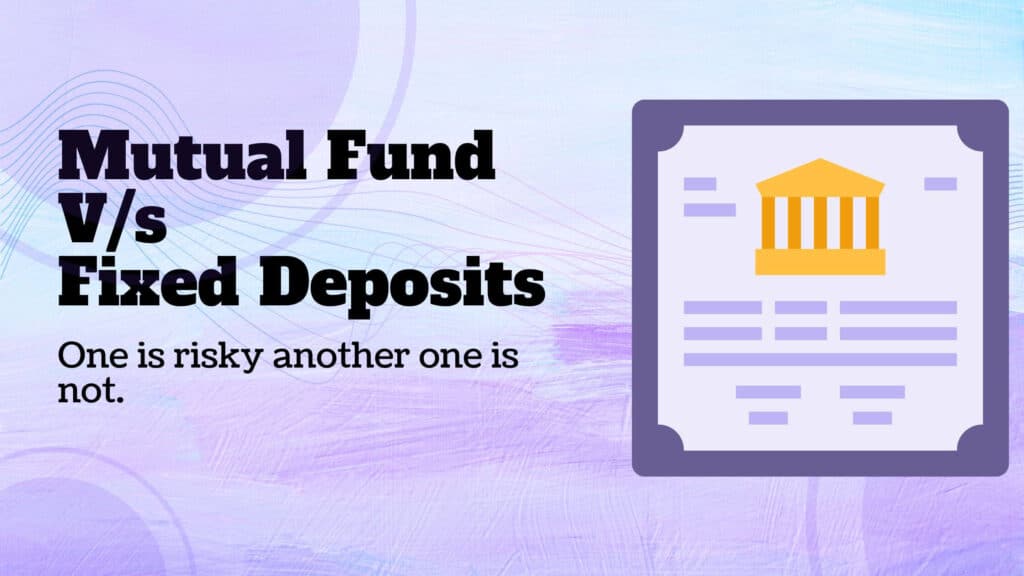
Mutual fund vs Fixed deposit – Where should you Invest?

How to invest in Mutual Funds? Easy Ways to Invest
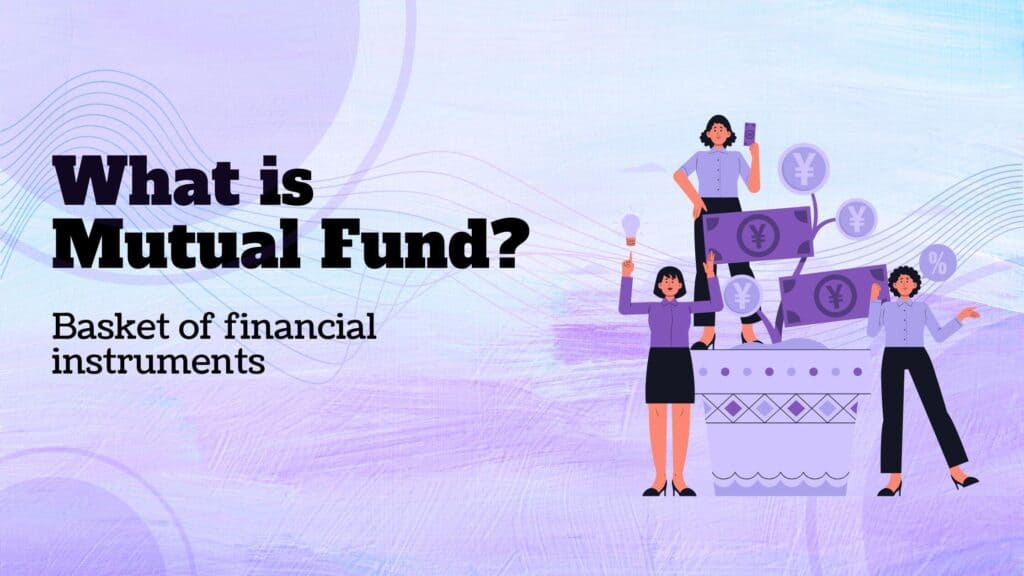
What is Mutual Fund? Simple Types of Mutual Fund

29 Best Stock Market Websites (Useful Websites and Apps)
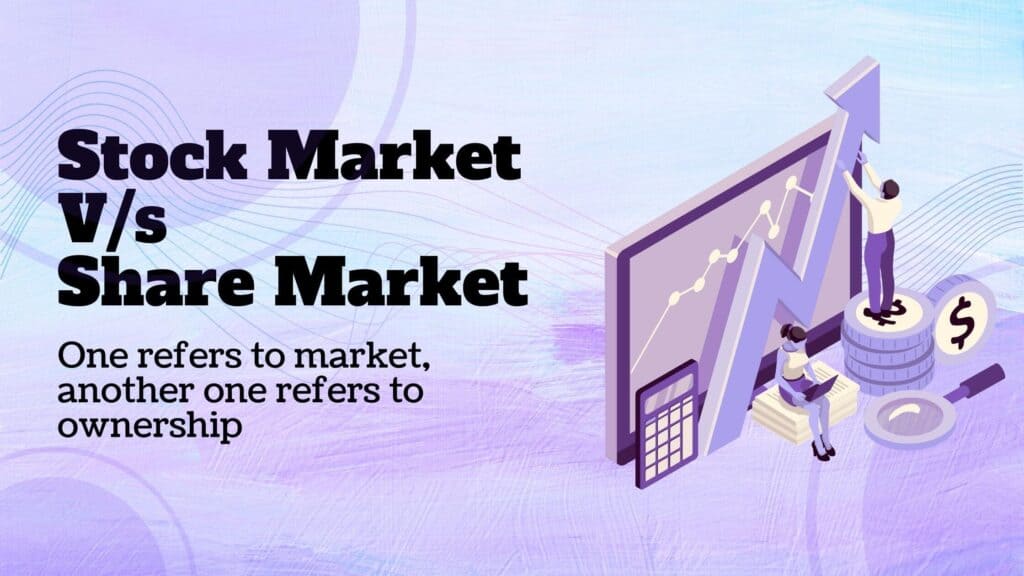
What is the difference between share market and stock market?
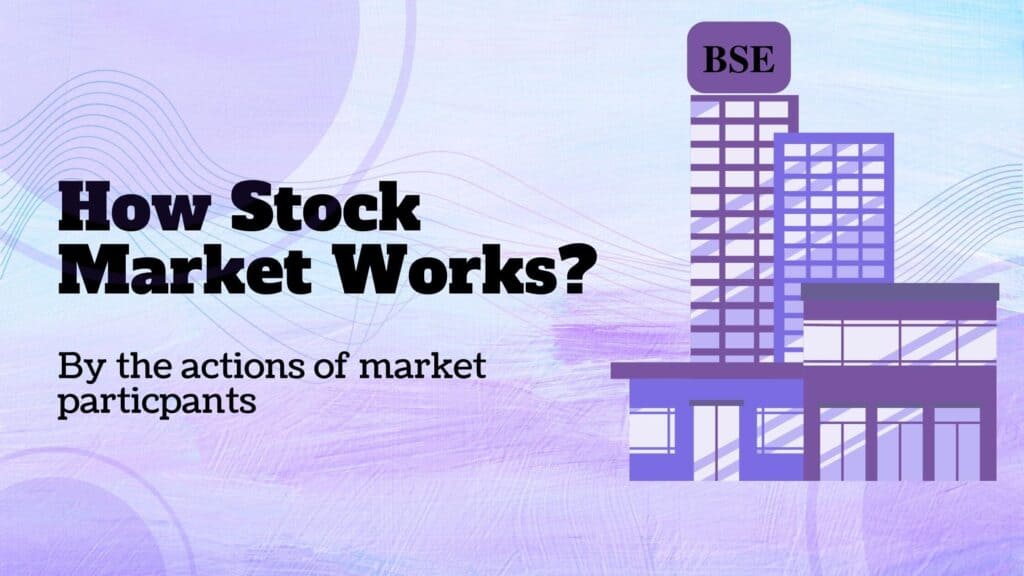
How the Stock Market Works in an Unusual Way

What is the Buyback of shares? What happens after Buyback?

What is Bonus Share? How Can I get One?
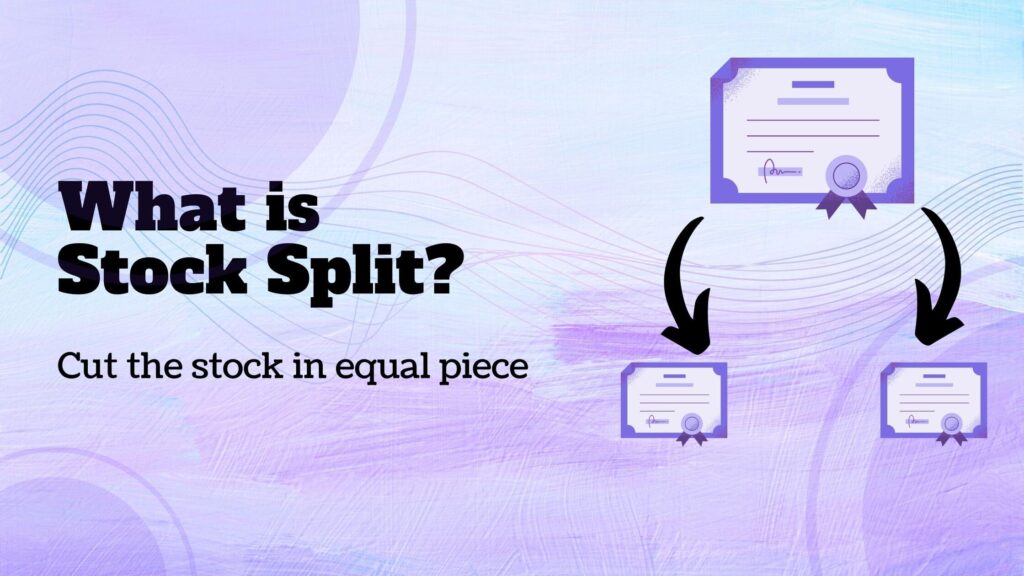
What is Stock Split? What will happen to shares after that?

What is the Book Value of a share? Valuation Metric of Share

What is the Face Value of the Share? Importance, Example

What are the voting rights of a shareholder? Importance
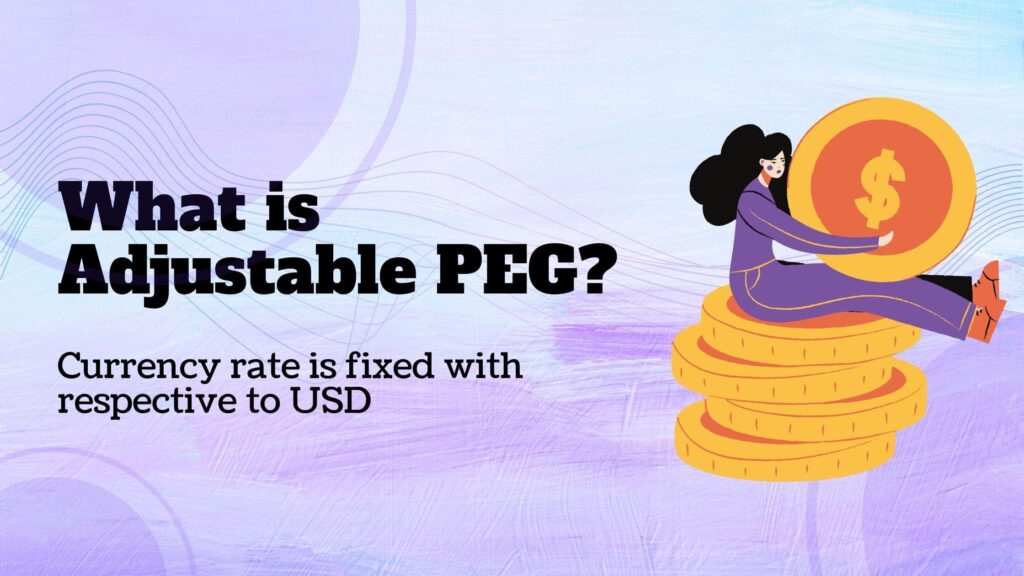
What is an Adjustable peg? Effect of Forex Market
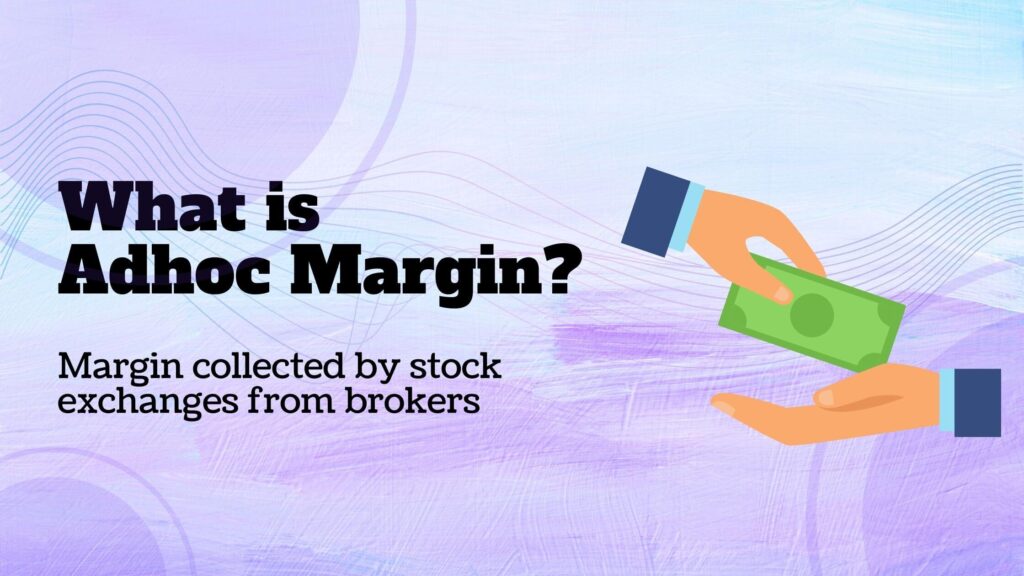
What is Adhoc Margin? Who Collects from Whom?